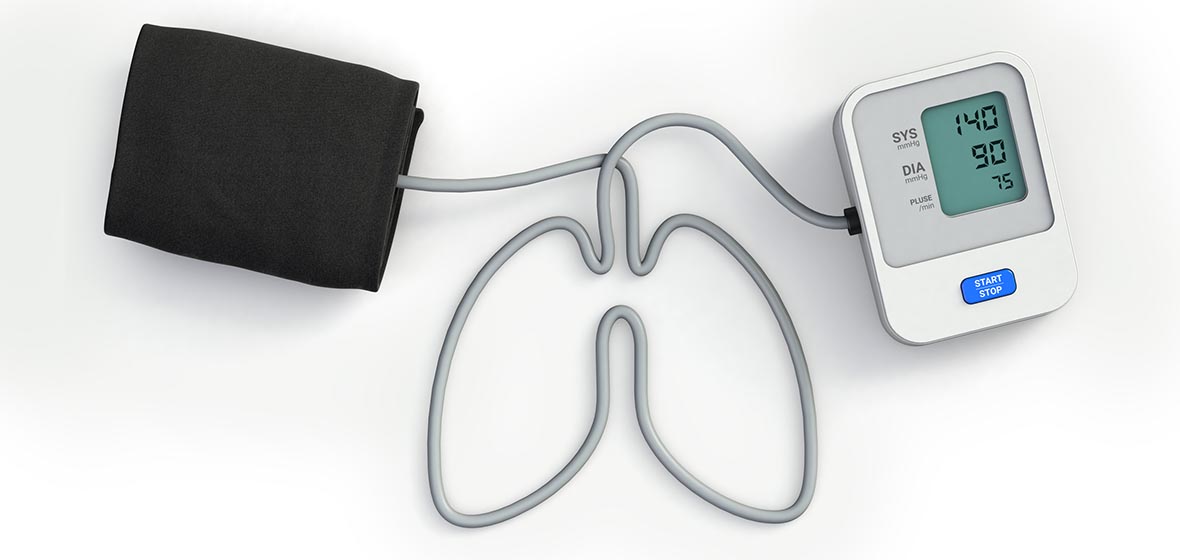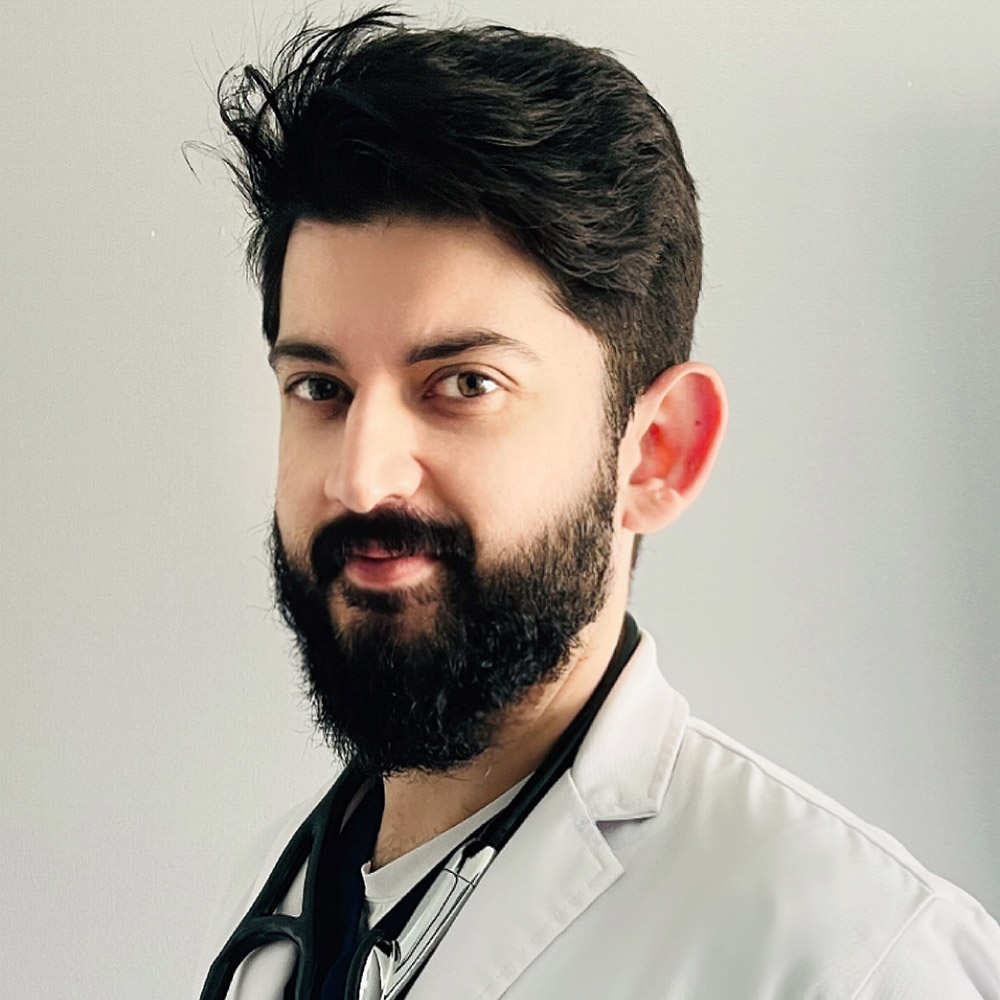
Pulmonary hypertension (PH) is a type of high blood pressure that affects the pulmonary arteries, which are the blood vessels running to the lungs from the right side of the heart. Pulmonary arteries carry blood from the heart to the lungs for oxygenation.
In PH, blood vessels in the lungs are narrowed and blocked. This damage impairs the blood flow throughout the lungs, resulting in poor oxygenation and extra work for the right side of the heart that can cause the muscle to become weak and eventually fail. PH can potentially be fatal without treatment.
There are several different causes of PH, including left-sided heart failure, lung disease, chronic blood clots, congenital heart disease and other health conditions. PH happens at all ages, including children, and its incidence increases with age. PH is more common among women, non-Hispanic black people and people aged 75 or older. Other risk factors include being overweight, blood clotting disorders, family history of the condition, heart disease, use of certain drugs and living at a high altitude.
A report in the Lancet from June 2022 estimates PH could affect 1 in 100 people. The incidence increases to 10% in individuals aged more than 65 years. It is projected that 50-70 million people worldwide suffer from this disorder.
Symptoms of PH develop slowly and are common to many other medical conditions (e.g., difficulty breathing, fatigue). You might not notice them for months, or even years. This often results in a delay in diagnosis, until more serious symptoms arise, such as dizziness, chest pressure or pain, ankle and leg swelling and feeling like the heart is racing or pounding.
Your provider will perform a physical exam and run tests to reach a PH diagnosis. PH could be difficult to diagnose since many signs of it are like those of other conditions. So, after your physical exam, more tests may be run. These may include tests to measure blood pressure in your pulmonary arteries (Doppler echocardiogram or right heart catheterization) and to look for the underlying cause of PH (blood tests, chest CT scan, a sleep study or a lung ventilation/perfusion scan).
Certain forms of PH like pulmonary arterial hypertension (PAH) and chronic thromboembolic pulmonary hypertension (CTEPH) have targeted treatment options. Treatment for PAH may include calcium channel blockers, diuretics, vasodilators and oxygen therapy, while CTEPH may be treated with blood thinners and pulmonary endarterectomy (a surgery that removes old blood clots from pulmonary arteries in the lungs). Treatment for other types of PH involves managing the underlying medical conditions. Because so many different heart and lung conditions cause PH, treatment plans can be vastly different from person to person. Your doctor may recommend dietary changes, lifestyle changes, oxygen therapy, surgery or medication to manage the problems.
It is not easy to prevent PH because some risk factors are out of your control. However, steps you may take that could help include exercising, following a healthy diet, taking medication and not smoking or using tobacco.
Talk to your doctor about your symptoms and what’s going on in your body, so you can work as a team on how to move forward. Your doctor will get you the resources and treatment that you need.
You can visit UofL Physicians – Primary Care to get help with preventing PH. If you need a provider, call 502-588-4343. If you are experiencing symptoms of this condition, we have heart care locations as well so you can get the specialized care you need.









